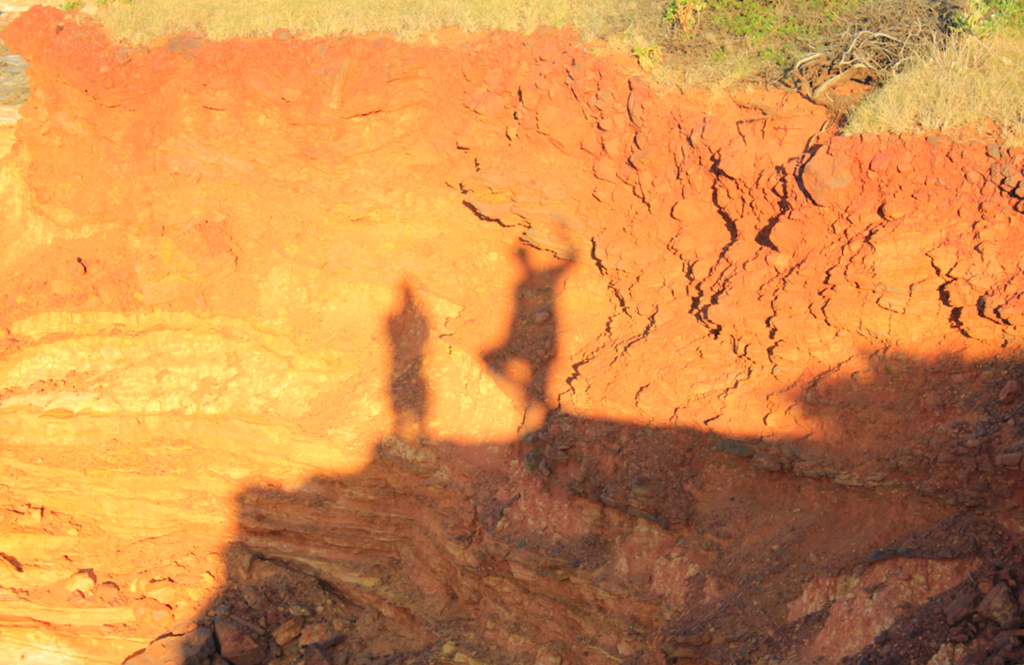The Barkindji people of Western New South Wales have won a native title claim over their traditional lands in the biggest victory for an Indigenous group in NSW ever.
Hundreds of #barkandji people have come to Broken Hill to hear their #nativetitle determination handed down
The land claim covers an area of 128,000 square kilometres and includes significant cultural and ceremonial sites from the Victorian border to Wanaaring in the north- west of NSW.
It took 18 years for the Barkindji people to win their claim, for many other Indigenous groups native title remains a highly controversial piece of legislation.
Here are five things to know about native title.
1. It all started with Mabo


In 1982 Eddie 'Koiki' Mabo, alongside four other Meriam people from Murray Island in the Torres Strait Islands, took legal action against the state of Queensland and the Commonwealth government.
They claimed that the Crown's sovereignty over the island was unlawful and the group sought to have rights over their traditional lands and sea.
At the heart of the case was the fact that the Meriam people had continuously inhabited Murray Island, traditionally known as Mer, since before European settlement and that they had a continuous link to the area.
Ten years later, after an epic court battle, the High Court ruled by a six-to-one majority that the Meriam people held native title over Murray Island.
Mabo died before the final decision was handed down.
2. What is native title?

3. It's a complicated process.

4. There is plenty of opposition to native title as it stands.

5. Families divided.

